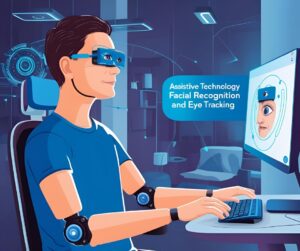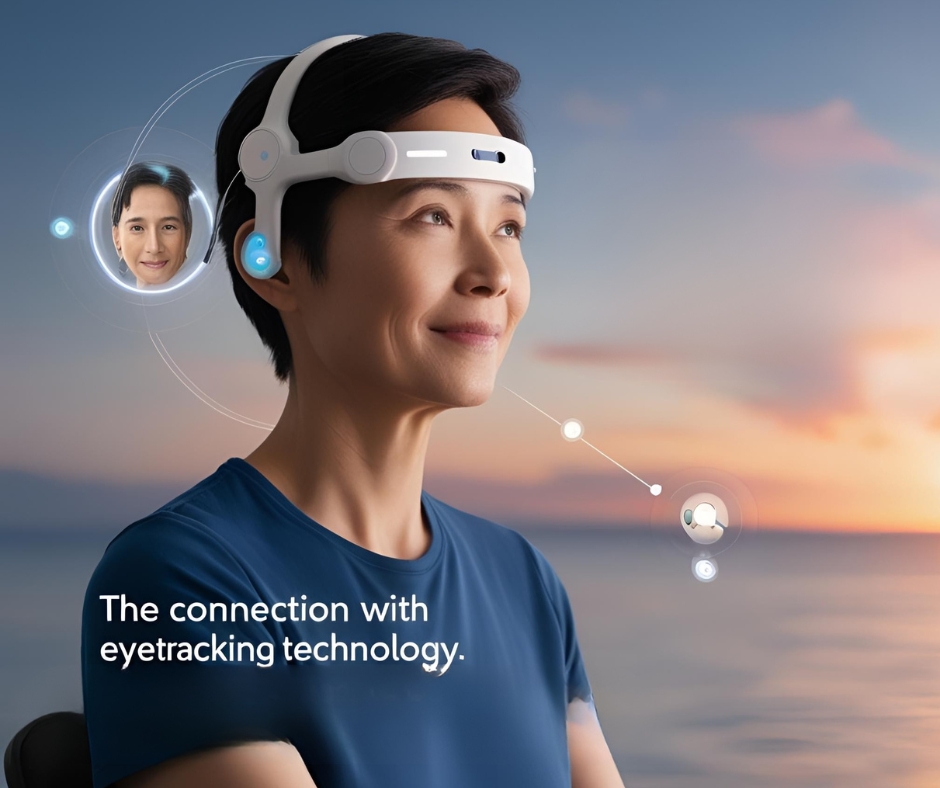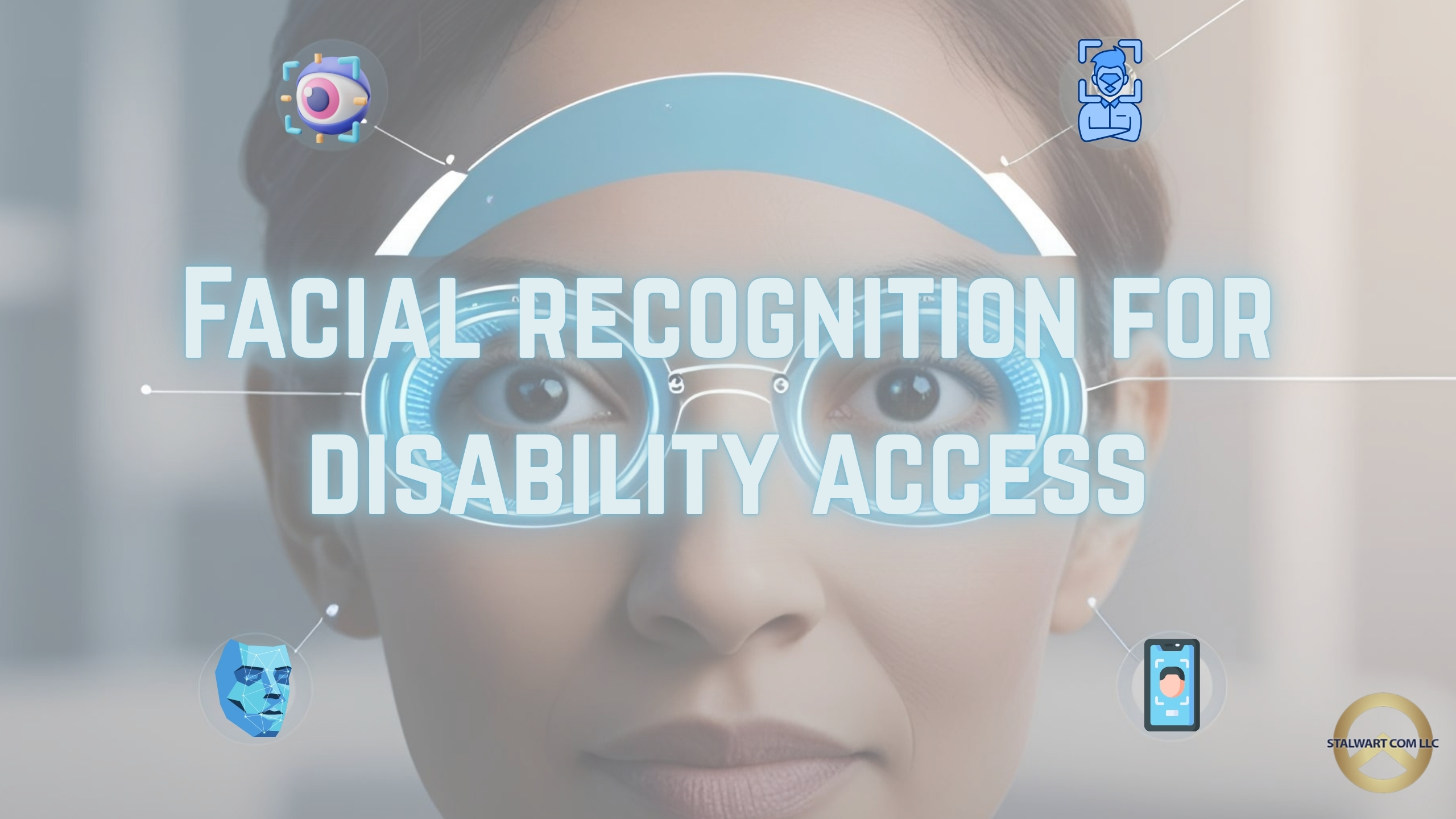For millions of people living with paralysis, traditional computer access methods—like using a mouse and keyboard—are either extremely difficult or entirely impossible. But in recent years, facial recognition technology has emerged as a game-changing tool, helping individuals with mobility impairments reclaim digital independence.
Understanding the Challenge
Paralysis can affect voluntary muscle control across parts of the body or even the entire body, depending on the cause and level of injury. For people with quadriplegia or high-level spinal cord injuries, using hands or voice consistently to control technology isn’t always an option. Fatigue, inconsistent motor control, or lack of movement can make conventional interfaces frustrating or inaccessible.
That’s where facial recognition steps in—not just as a security tool but also as a dynamic input method.

How Facial Recognition Works in Assistive Technology
Facial recognition in this context doesn’t just unlock your phone. It can be used to:
- Control the mouse with head movement: Software tracks facial landmarks like the tip of the nose or eyebrows to move the cursor on the screen. A smile, eyebrow raise, or eye blink can trigger a click.
- Issue commands through gestures: Users can assign facial expressions (like winking or sticking out the tongue) to perform specific functions, like scrolling, typing, or switching applications.
- Combine with eye tracking or voice control: Facial recognition can complement other systems, offering a multi-modal interface that provides flexibility and reduces fatigue.
Software like Camera Mouse, Smyle Mouse, and newer AI-powered platforms like EnableVi or FaceMouse use standard webcams—no special hardware required—to give users full control over their devices.
- Benefits for People with Paralysis
Hands-free operation: Users with no upper limb function can control computers, tablets, and even smart home devices. - Increased independence: With facial recognition, individuals can write emails, browse the web, attend virtual meetings, and engage in education or employment—all without needing constant physical assistance.
- Affordable and Accessible: Many facial recognition programs use existing cameras, making them cost-effective solutions compared to specialized hardware.
Real Lives, Real Impact
Consider a veteran with a C4 spinal cord injury who uses a facial-recognition-based interface to work remotely for the Department of Veterans Affairs. With nothing but subtle head movements and a few facial gestures, they navigate case files, respond to emails, and attend Zoom meetings—contributing professionally in a once unimaginable way.
Or think of a high school student with muscular dystrophy who completes homework and participates in virtual classrooms thanks to a facial tracking program that lets her “click” by smiling.
These aren’t hypotheticals—they’re real outcomes we’re seeing every day as this technology advances and becomes more widely adopted.

Challenges and Future Directions
While facial recognition has opened new doors, it’s not without limitations:
- Lighting and camera quality can affect accuracy.
- Fatigue from maintaining certain facial expressions for long periods.
- Privacy and data security concerns with AI-based facial tracking.
Looking ahead, developers are working on making systems more intuitive, less physically demanding, and better at distinguishing unintentional gestures from purposeful commands. Integration with AI also means adaptive interfaces that learn from a user’s movement patterns over time.
Final Thoughts
Facial recognition is no longer just a convenience feature—it’s a life-changing tool that provides access, inclusion, and dignity to individuals with paralysis. As assistive technology professionals, we have a responsibility to ensure that people who need these tools are aware of them, trained to use them, and supported in integrating them into daily life.
Because when technology sees your face and knows how to help, that’s true accessibility.
Interested in learning more or trying facial recognition technology for yourself or a loved one?
Reach out to StalwartCOM LLC. We are here to help!

Comments are closed